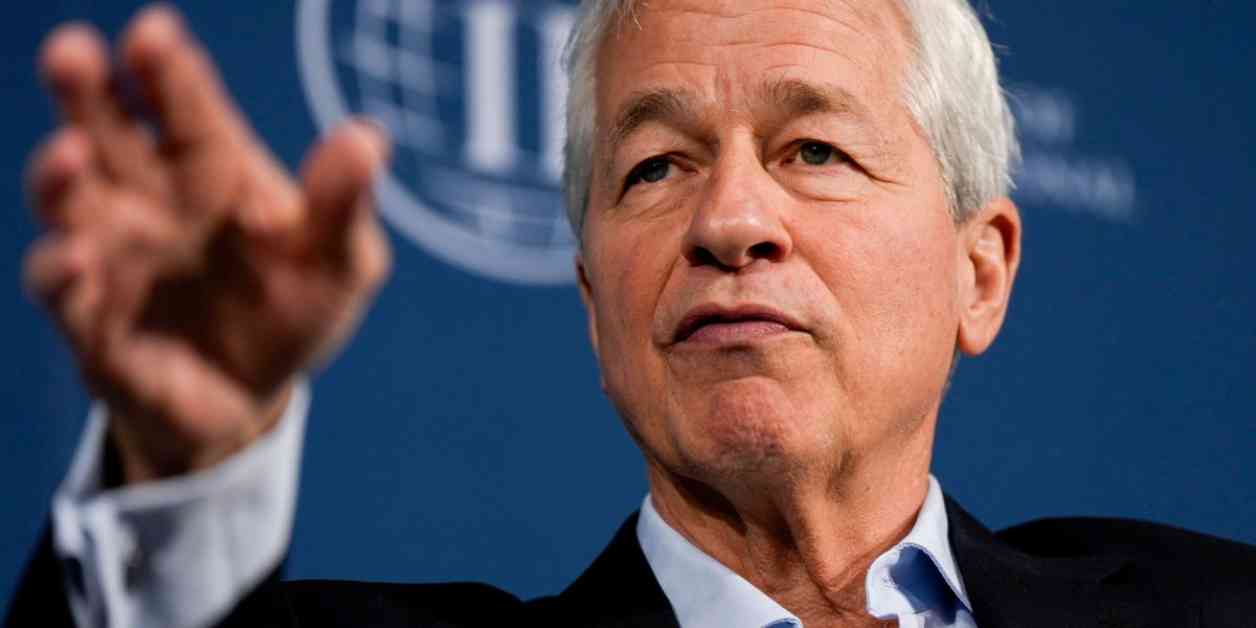In a surprising turn of events, Jamie Dimon, the CEO of JPMorgan Chase, revealed that he had contemplated leaving Wall Street to join the ranks of Big Tech giant Amazon. Before embarking on his successful career at JPMorgan, Dimon had discussions with Amazon’s founder, Jeff Bezos, about potentially taking on the role of president at the e-commerce behemoth. This revelation sheds light on the dynamic career choices and opportunities that top executives like Dimon navigate in the ever-evolving landscape of the corporate world.
A Tempting Offer: Dimon’s Dilemma
Dimon’s consideration of a potential role at Amazon underscores the allure and influence of tech companies in today’s business environment. With Amazon’s global reach and innovative technology, the prospect of leading a tech giant like Amazon must have been a tantalizing opportunity for Dimon. His discussions with Jeff Bezos likely revolved around the transformative impact he could have had at Amazon and the unique challenges and rewards of transitioning from banking to e-commerce.
As Dimon weighed his options, he ultimately chose to stay the course at JPMorgan Chase, where he has made a significant impact as CEO since 2005. His decision to remain in the banking sector highlights the deep-rooted connections and responsibilities that executives feel towards their respective industries, as well as the value of experience and expertise in driving organizational success.
Industry Dynamics: Wall Street vs. Big Tech
The consideration of a move from Wall Street to Big Tech by a prominent figure like Jamie Dimon underscores the shifting dynamics and competition between traditional financial institutions and tech companies. As technology continues to revolutionize the way we conduct business and interact with the world, top executives like Dimon are faced with the challenge of adapting to new trends and opportunities in the market.
Dimon’s potential transition to Amazon also raises questions about the future of leadership and talent acquisition in the financial and tech sectors. The interchangeability of executives between industries reflects the fluidity of skill sets and expertise that are increasingly valued in a rapidly changing business landscape. As companies seek to stay ahead of the curve and remain competitive, the cross-pollination of talent and ideas between Wall Street and Big Tech could become more prevalent in the years to come.
In conclusion, Jamie Dimon’s contemplation of joining Amazon before his career at JPMorgan Chase offers a fascinating glimpse into the strategic decisions and career trajectories of top executives in the corporate world. His choice to remain in the banking industry underscores the enduring appeal and challenges of leading a global financial institution, while also highlighting the allure and potential of transitioning to a tech powerhouse like Amazon. As the business landscape continues to evolve, the intersections between Wall Street and Big Tech will likely become more pronounced, shaping the future of leadership and innovation in both sectors.



















